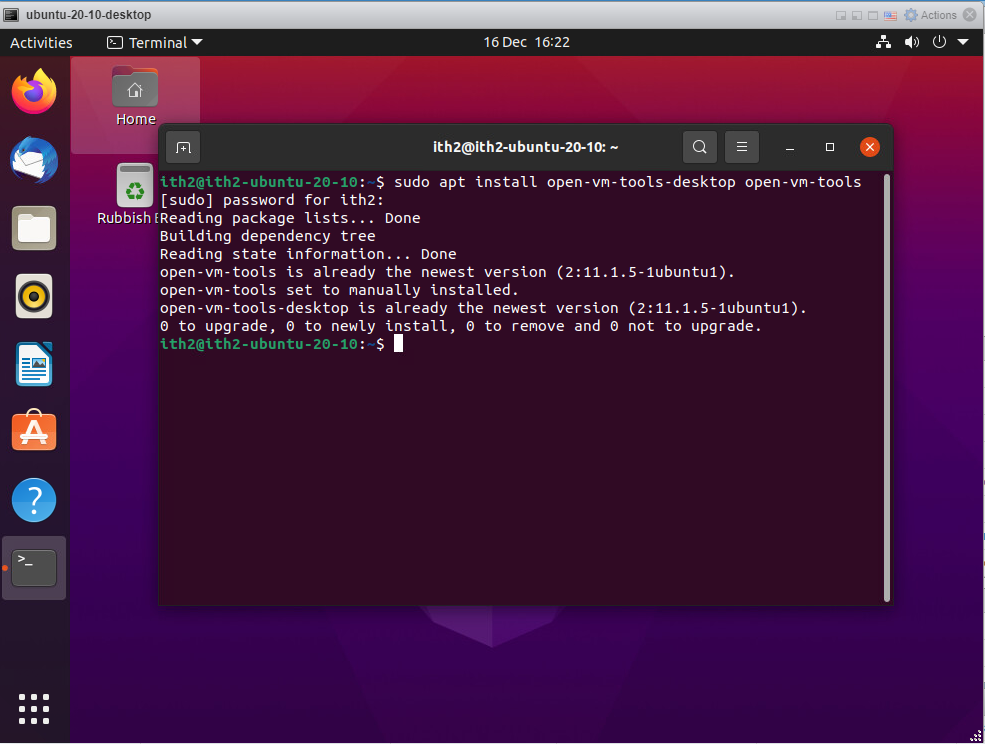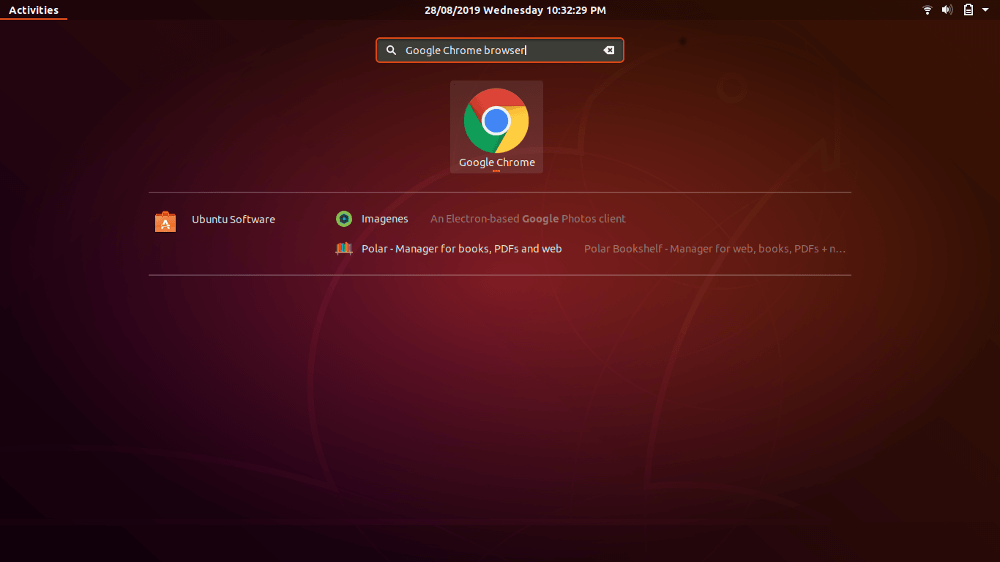

- Open terminal here ubuntu install#
- Open terminal here ubuntu update#
- Open terminal here ubuntu full#
- Open terminal here ubuntu password#
- Open terminal here ubuntu download#
This command is run automatically each day if you leave your computer on.
Open terminal here ubuntu update#
To update this index, run the command sudo updatedb. It uses an index of the files on your system to work quickly. The locate command will search for any filename you specify. Find Files/Directories: - locate (file or directory name) The mv (MoVe) command will move/rename any file or directory you specify. Move/Rename Files/Directories: - mv (file or directory name) The rm -r command will remove any directory you specify, and all its contents.

The rm (ReMove) command will delete any filename you specify. Remove Files/Directories: - rm (file or directory name) The cp -r command will copy any directories you specify. The cp (CoPy) command will copy any files you specify. Copy Files/Directories: - cp (file or directory name) (to directory or filename)

The cd (Change Directory) command will change from your current directory to any directory you specify. Change Directories: - cd (/directory/location) The mkdir (MaKeDIRectory) command will create a directory.
Open terminal here ubuntu full#
Sudo rm -r /usr/share/applications/Postman.The ls (LiSt) lists files in different colors with full formatted text Create Directories: - mkdir (directory name) In the future to remove Postman, simply delete its file and other entries using the given commands- sudo rm -r /usr/bin/Postman You can also start it from the Application launcher by searching the name of this API testing tool. Right-click on the created shortcut of Postman on Desktop and select the “ Allow launching” option. Save the file with Ctrl + O and Enter and close editor with Ctrl + X.Ĭopy the created shortcut to desktop as well: cp /usr/share/applications/sktop ~/Desktop/ Icon=/usr/bin/Postman/app/resources/app/assets/icon.png sudo nano /usr/share/applications/sktopĬopy and paste the following lines: Well, there are many users who don’t want to open Terminal every time to start Postman, thus for them here is the way to create a Desktop shortcut and Launcher entry. Now, to run the API testing tool interface, simply type: Postman echo 'export PATH="$PATH:/usr/bin/Postman"' > ~/.bashrc Thus, to remove this and start it using the terminal regardless of which directory we are, let’s add its folder to the system path. When the installation is finished, type exit at the prompt and press Enter.
Open terminal here ubuntu password#
Type your password when prompted and press Enter.
Open terminal here ubuntu install#
sudo apt-get install nautilus-open-terminal. Type the following command at the prompt and press Enter. To start the Postman tool every time we have to go through its complete folder path. To install the Open in Terminal option in the Nautilus context menu, press Ctrl + Alt + T to open Terminal. However, to ensure we won’t delete the extracted file accidentally in the future, we will extract it under /usr/bin.Ĥ. The downloaded file will be in archived form to get the files inside it to run this API testing platform, we have to first extract the same. However, to make the process easier and save time, I have given the command that you can use to get it directly using your command terminal.
Open terminal here ubuntu download#
We can download the latest tarball file of the Postman API platform from its official website. The shortcut to open Terminal is Ctrl+Alt+T. We will use the command terminal here to install Postman on Ubuntu 20.04 or whatever other Linux distros you are using. You can also use this guide for Linux Mint, CentOS, RHEL, Debian, and other Linux distros. Here we will see the steps to install Postman on Ubuntu 20.04 or 18.04 LTS Linux operating system. Uninstall Steps to install Postman API Platform on Ubuntu Linux without snap However, those who don’t want to use SNAP can follow the below-given steps… Just use the below command and you are done- sudo snap install postman The easiest way to install it on Ubuntu 21.04/20.04/18.04 is by using the SNAP package. The responses can be viewed and evaluated directly, be it graphically or via Postman’s internal programming interface using JavaScript.Īll aspects of a request can be displayed and transparently changed in Postman, including the type of request, authentication, the parameters passed, or the local cookies. The basic structure focuses on the processing and validation of requests and their responses. The main area of the application is testing REST APIs based on HTTP requests that can be specified and sent in Postman with associated parameters using the visual request builder. Well, APIs are interfaces between programs that the applications use to communicate with one another. Postman is one of the most popular collaboration platform tools for testing APIs (Application Programming Interfaces) available to install on Linux, Windows, and macOS.


 0 kommentar(er)
0 kommentar(er)
